Working under the open sky brings countless responsibilities and presents a host of challenges, particularly when weather conditions take an unfavorable turn. For construction workers, these challenges are amplified, necessitating the use of specialized gear to ensure safety and efficiency. This is where reliable rain gear becomes vital.
Rain gear for construction workers is not a conventional umbrella or a trendy raincoat you catch sight of on city sidewalks. Instead, it's a range of specific equipment carefully tailored to withstand the extreme demands of a construction environment and the severities of inclement weather. This rain gear offers protection -and not just from rainfall- but from wind, cold temperatures and other harsh elements that construction workers often face.
From helmets and jackets to boots and gloves, encompassing myriad elements, our rain gear recommendations ensure optimum comfort and protection for construction workers.
By the end of this guide, you'll have a comprehensive understanding of why rain gear is indispensable for construction work. You'll grasp what makes one rain gear superior to another, the different materials used in making these gears and how each serves its purpose, making you better-equipped to make informed decisions about which rain gear to purchase.
Stay put, as we delve into the world of rain gear for construction workers. The journey begins with a glimpse into the global rainwear market before exploring the importance of rain gear in the construction industry. We then showcase specialized rain gear available for different construction job roles before walking through important factors to consider when purchasing. Finally, we wind down with some top rain gear recommendations tailored to the needs of construction workers. Let's get to it!
Global Rainwear Market Overview
The ever-evolving fashion industry does not only focus on sunny day attire, but recognizes the need for practical and stylish rainwear. This understanding has shaped the global rainwear market, fueling its growth and broadening its spectrum when it comes to variety and trends. Weather elements no longer deter fashion enthusiasts from embracing their style, thanks to the increasingly diversified rainwear market. Now, let's take a deeper look into intricacies of this market.
Revenue Share of the Jackets Segment
Rain jackets are here to stay. People value their utility in shielding against rain and their potential as a trendy wardrobe staple. But how significant are rain jackets to the rainwear market? In 2021, an impressive revelation arose: the jackets segment emerged as the leader, seizing the highest revenue share in the rainwear market. This dominance is seemingly unshakable - rain jackets have become synonymous with stormy weather attire, marrying fashion with function in the eyes of consumers worldwide.
Rainwear Market Size and Growth
Rain or shine, the demand for rainwear is a constant. From the global market figures, it is clear that rainwear is not a niche but a thriving sector in the fashion industry. To quantify this, the global rainwear market size clocked in at a monumental USD 3864.7 million in 2022. That's a figure that doesn't just drop its jaw but sends ripple effects across the industry, marking a distinct growth trajectory.
What's more, this is not a standing still but gearing up for a sprint. The market is expected to register a spirited Compound Annual Growth Rate (CAGR) of 5.5% from 2023 onwards. If we rewind our clocks back to 2020, we would find that the rainwear market was valued considerably lower, at USD 886.4 million, but was pulsating with a higher CAGR of 6.4% from 2021 to 2028.
But what does the future have in store for the global rainwear market? Projections tell us that by the end of 2030, the rainwear market will have grown at a CAGR of 6.2%, hitting USD 1828.0 million. This is indicative of a market that refuses to slow down. The momentum it gained in 2022, when it was valued at USD 3.84 billion and projected to grow at a CAGR of 5.4%, persists like an undercurrent that propels the rainwear market forward.
In every drop of rain, the global rainwear market sees potential. It's potential for expansion, more so. As the rain falls, so does the reign of rainwear in the fashion industry.
The Importance of Rain Gear for Construction Workers
Working in the construction industry presents its unique set of challenges and hazards. Among these risks, adverse weather conditions are all too common, and construction workers can often find themselves at the mercy of the elements. One solution to this dilemma is the use of specialized rain gear, which is designed to lessen the impact of harsh weather conditions on these hard workers. These apparel are more than just clothing items, they symbolize safety and assurance for construction workers who grapple with nature's inclemency day in and day out.
Protection from Harsh Weather Conditions
Weather can be both unpredictable and merciless. One minute, it's an idyllic summer day, and the next, the heavens open up to a downpour. This unpredictability is more of a concern for construction workers who operate in harsh working conditions. They face numerous hazards, the most common of which is the sudden cloudburst, which can turn a construction site into a quagmire.
Rain gear for construction workers is meticulously designed to protect them from such eventualities. Whether it's a thunderstorm or a light drizzle, the right rain gear can ensure that workers remain dry, comfortable, and safe.
Key benefits of these essential rain gear include:
- They offer waterproof protection, allowing workers to carry on with their tasks uninterrupted even in the rain.
- Most rain gear items are lightweight, which respects the need for comfort and mobility in work environments.
- The durability aspect of these items ensures that they resist wear and tear, extending their lifespan despite harsh working conditions.
Role of Jackets in Construction Work
When discussing rain gear, one cannot ignore the pivotal role played by jackets. Jackets keep construction workers warm during the winter, block harmful sun rays, and, most importantly, keep workers dry in the rain. A good construction worker’s jacket is much more than just an apparel item. It's a shield, a protective layer, and a safety equipment piece rolled into one.
When it comes to selecting the right construction jacket, some factors to consider are:
- Material: It should be waterproof, windproof, and durable.
- Fit: While it should offer ample protection, it should not compromise on comfort or impede movement.
- Design Features: Bright colors and reflective strips for visibility, pockets for easy storage, and a detachable hood for flexible use are some aspects to look out for.
Whether contending with a monsoon downpour or the chill of first light winter breezes, construction workers can maintain their productivity levels with the right rain gear. While the industry takes giant strides in improving safety measures, let's remember that something as simple as a sturdy jacket can sometimes make all the difference between a regular workday and a health hazard.
Specialized Rain Gear for Construction Workers
Gearing for all weather ambiances is critical for construction workers. Operating outdoors in adverse weather conditions could expose workers to potential harm if they aren't adequately equipped. In this light, specialized rain gear becomes an essential tool - it's not just about keeping dry anymore. It extends to proper protection from electric arcs and improved visibility. In this section, we'll delve into NASCO's ArcWear line and high visibility workwear, and their significance in maintaining safety standards at operational construction sites.
NASCO's ArcWear Line
Navigating the elements while safeguarding oneself from electrical hazards is no small feat. This is where the NASCO’s ArcWear line comes into play. Providing dual-function, ArcWear boasts of incomparable defense against foul weather and electric arc flashes.
ArcWear isn't merely a raincoat; it is an engineer's solution to dual-threat conditions. The range comprises of garments that stealthily integrate safety without compromising comfort. They are crafted using materials resistant to arc flashes, ensuring that the wearers are protected from high heat levels and intense energy in an electrical event. This preservation, combined with keeping the user dry in pouring rain, validates the significance of this gear in the construction industry.
Listed below are some factors that amplify the relevance of NASCO's ArcWear line:
- Dual-functionality: Protects against both electrical hazards and unfavorable weather.
- High heat resistance: Ensures protection against electric arc flashes.
- Comfortable: Crafted with workers' comfort in mind.
High Visibility Workwear
Augmenting the workwear design further is the crucial function of enhanced visibility. Often, on a bustling construction site, workers struggle to see their colleagues, especially in inclement weather. This is where high visibility workwear steps in, improving safety by leaps and bounds.
High visibility workwear arrays don’t just encompass jackets, but include items such as pants, coveralls, bibs, and rain gear. The purpose? To stand out in all conditions and ensure that the construction site becomes a safe working environment. This pronounced visibility lowers risk of accidents, making sure every worker is safe and accounted for.
The list below outlines the benefits of adapting to high visibility workwear in construction sites:
- Improved safety: Workers can identify their colleagues even in unfavored weather or poor lighting, lowering potential risks.
- Variety: Extend beyond jackets to pants, bibs, coveralls, and rain gear.
- Enhanced visibility: Incorporating reflective materials, ensuring visibility from afar in every condition.
As the construction industry molds itself continuously, gearing for safety is a precedent. Specialized weathergear like NASCO’s ArcWear and high visibility workwear are more than commodities; they are necessities.
And while we all hope for the best weather for construction work, being prepared for the worst keeps everyone safe. Therefore, investing in quality gear is an investment in safety, making these tools invaluable components in ensuring construction site safety.
Factors to Consider when Choosing Rain Gear
Water's kryptonite: rain gear. Dependable and vital, an excellent piece of rain gear is like an insurance policy against Mother Nature's less predictable moments. Because when the sky decides to dole out an impromptu shower, it's your rain gear that steps up to keep you dry and comfortable. Choosing the right rain gear, however, is no easy task. It requires careful consideration of various important factors including waterproofness, breathability, and comfort and heat retention.
Waterproofness
The ability to repel water is undeniably the most crucial attribute of any piece of rain gear. Waterproofness shouldn't be compromised under any circumstance. A non-negotiable standard for deciding on a quality rain jacket or pants is its resistance to rain penetration. But remember, there’s more to waterproofness than meets the eye. As you make your selection, don't just rely purely on the waterproof rating provided. Performance in real-life conditions is often drastically different from laboratory tests, so always refer to user reviews before making a purchase. It's also worth noting, maintaining the waterproofness of your gear involves special care. You should avoid using fabric softeners, bleach, or dry cleaning, as these can reduce the effectiveness of the waterproofing.
Breathability
The second factor to keep front and center is breathability. A raincoat that doesn’t breathe will ultimately leave you soaked in your own sweat, ironically defeating the purpose of a rain jacket. Breathability is about allowing moisture from your body to escape. If you perform yoga or lead an active outdoor life, you'll appreciate the value of rain gear that breathes. Look for gear with breathable membranes and venting options like underarm zips to help regulate body temperature and keep you comfortable.
Comfort and Heat Retention
Last but surely not least, comfort and heat retention are key. No one wants to wear rain gear that feels akin to draping a plastic bag over their body. Look for gear that fits well, but allows room for layering and movement—comfort ultimately influences how often you'll wear it. And when it comes to retaining heat, know that not all products are created equal. This factor is particularly important for those who work in harsh weather conditions. For instance, construction workers need high-quality rain gear that is waterproof, breathable, comfortable, and retains heat for long-lasting wear in any climate.
Ultimately, the right rain gear for you boils down to personal preference combined with an understanding of these main factors. By carefully considering waterproofness, breathability, and comfort and heat retention, you will be well on your way to securing rain gear that never lets you down—come rain or high water.
Different Materials for Construction Worker Raincoats
It's no secret that construction work isn't a fair-weather gig. Come rain or shine, work must go on. So, it's pivotal for every construction worker to invest in a quality raincoat. With that in mind, the importance of selecting the ideal material for a construction worker's raincoat cannot be overstated. However, the question that lingers is, what makes a fabric ideal for a construction worker’s raincoat? Let's delve into it.
Ideal Fabric Qualities
Selecting the best fabric for a construction worker's raincoat is all about balance. Essentially, a suitable fabric should deliver a kick of these significant features:
- Waterproof: This one's a no-brainer. The primary function of a raincoat is to keep the wearer dry. Raincoats must repel water and prevent it from soaking into the clothing layers underneath. It must do this while enduring the harsh conditions of a construction site without tearing or wearing out.
- Breathable: For construction workers on the move, breathability is a must. Sure, a raincoat should protect from rain, but not at the expense of becoming a personal sauna. An ideal raincoat fabric should allow air to circulate, maintaining a comfortable temperature inside the jacket.
- Comfortable: No one likes to wear a plastic bag, do they? The coat should provide a degree of comfort. It should be lightweight, soft to touch, and designed in such a way that the worker can easily perform tasks without feeling restricted.
- Heat Retentive: With rain often comes chill. Hence, the fabric should have the capacity to retain heat, thus keeping the wearer warm during those chilly rainy days.
All these characteristics can help us decide on the best fabric for a construction worker's raincoat. But it largely depends on the individual's comfort, the intensity of work, and the climatic conditions where they work, as there are different materials available with varying strengths. Remember, it's not just about tossing a raincoat in the shopping cart; it's about adopting a protective shield that stands up to the weather and lets you work efficiently without compromise. Aim for a delicate balance of these features, and you'll have a winner on your hands.
Top Rain Gear Recommendations for Construction Workers
When nature decides to unleash a downpour, a construction worker needs the right gear to brave the storm. Heavy rain could make working conditions uncomfortable or even hazardous. However, with the perfect rain gear tailored specifically for the job, the weather becomes less of a headache. This article brings you top-notch recommendations for the best rain gear for construction work, focusing on durability, high-visibility, and other safety features.
Heavy-Duty PVC Rain Gear
Often, when construction workers think of durability in rain gear, the first material that comes to mind is PVC, known for its toughness and complete water-resistant properties. Rigorous construction work demands durable and waterproof gear, that's where Heavy-duty PVC rain gear comes into play.
- Waterproof: PVC rain gear forms an impeccable barrier against water, keeping construction workers dry in the heaviest of downpours.
- Durable: The robust nature of PVC material ensures longevity, even with everyday ruthless usage.
Heavy-duty PVC rain gear offers unparalleled comfort and protection from adverse weather conditions, perfect for maintaining productivity in employment conditions.
High-Visibility Rain Gear
Working near or on roadways can bring about a different set of challenges for construction workers, with visibility at the top of the list. High-visibility rain gear features distinct bright colors and reflective elements that are easily noticeable, ensuring the safety of the wearer in low-light conditions or near traffic.
- Increased safety: High-visibility rain gear ensures that workers are always seen, reducing the chance of accidents.
- Comfort and protection: Besides making the wearer noticeable, this gear additionally offers comfort and suitable protection from the elements.
High-visibility rain gear is a must-have for any construction worker, designed to deliver both function and safety.
Recommended Brands and Products
When shopping for rain gear, it can be overwhelming, given the plethora of brands and products available on the market. Here are some top-notch brands and products based on the reliability, durability, and user ratings.
- Majestic Hi Vis 2-Piece Waterproof Rain Suit with Hood: This rain suit stands out for its superior waterproof technology and high-visibility design.
- Grundens Weatherproof Gear: A well-regarded brand among outdoor enthusiasts, Grundens offers durable and robust rain gear perfect for heavy-duty use.
- Patagonia Torrentshell 3L Jacket: This jacket features a unique 3-layer technology for improved waterproofing and durability.
- Marmot PreCip Eco Pants: Marmot is known for its eco-friendly focus, without compromising on quality and durability.
Selecting the right gear is crucial to a construction worker's comfort, safety, and productivity even amidst the unpredictable and harsh weather conditions. The rain doesn't have to halt operations when workers have these top-of-the-line rain gear options by their side. Let's make every working day safe and productive, rain or shine!
Conclusion
In the end, ensuring the comfort, dryness, and mobility of construction workers, especially during wet working conditions, boils down to choosing the right rain gear. From quality construction to waterproof capabilities, the need for protective rain gear cannot be overstated. Ideal rain gear protects you from harsh weather, enhances job performance, and promotes safety on the construction site. Breathability, comfort, waterproofness and visibility are key considerations when selecting rain gear that best suits construction work.
For a reliable, high-performance choice, consider Hurricane Raingear. Offering meticulously handcrafted, 100% waterproof, and rip-resistant rain gear, they're committed to producing both comfortable and durable gear. Hurricane Raingear products also feature a reflective 3M striping, further enhancing visibility, a paramount feature in the construction industry. To explore and pick from a wide range of rain gear tailor-made for the harsh conditions of field work, visit Hurricane Raingear.
As we wrap up, remember that investing in quality rainwear is an investment in your safety, productivity, and overall work efficiency. Be smart, be safe. Choose rain gear wisely.
Frequently Asked Questions
-
What are the essential rain gear items for construction workers?
The essential rain gear items for construction workers include waterproof jackets, pants, rain boots, waterproof gloves, and hats with brims to keep the rain off the face.
-
What materials should I look for in rain gear for construction work?
When choosing rain gear for construction work, opt for waterproof materials such as PVC, polyester, or nylon. Ensure that the gear has sealed seams to prevent water from seeping through.
-
Are there specific features I should look for in rain gear for construction workers?
Yes, look for rain gear with features like reflective strips for improved visibility, adjustable cuffs and waistbands for a secure fit, multiple pockets for storage, and breathable fabrics to prevent overheating.
-
How do I choose the right size for rain gear?
Refer to the manufacturer's size chart and measure yourself accurately to choose the right size. It's important to ensure that the rain gear allows for freedom of movement and can be layered with other clothing if necessary.
-
What are some recommended brands for rain gear for construction workers?
Some recommended brands for rain gear for construction workers include Carhartt, Terra, Helly Hansen, Columbia, and Marmot. These brands are known for their durability, functionality, and weather resistance.



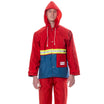
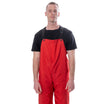
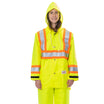
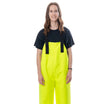
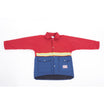
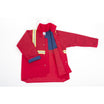

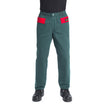
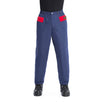
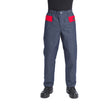
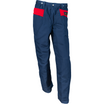
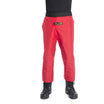
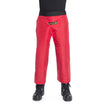
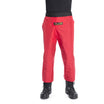
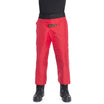
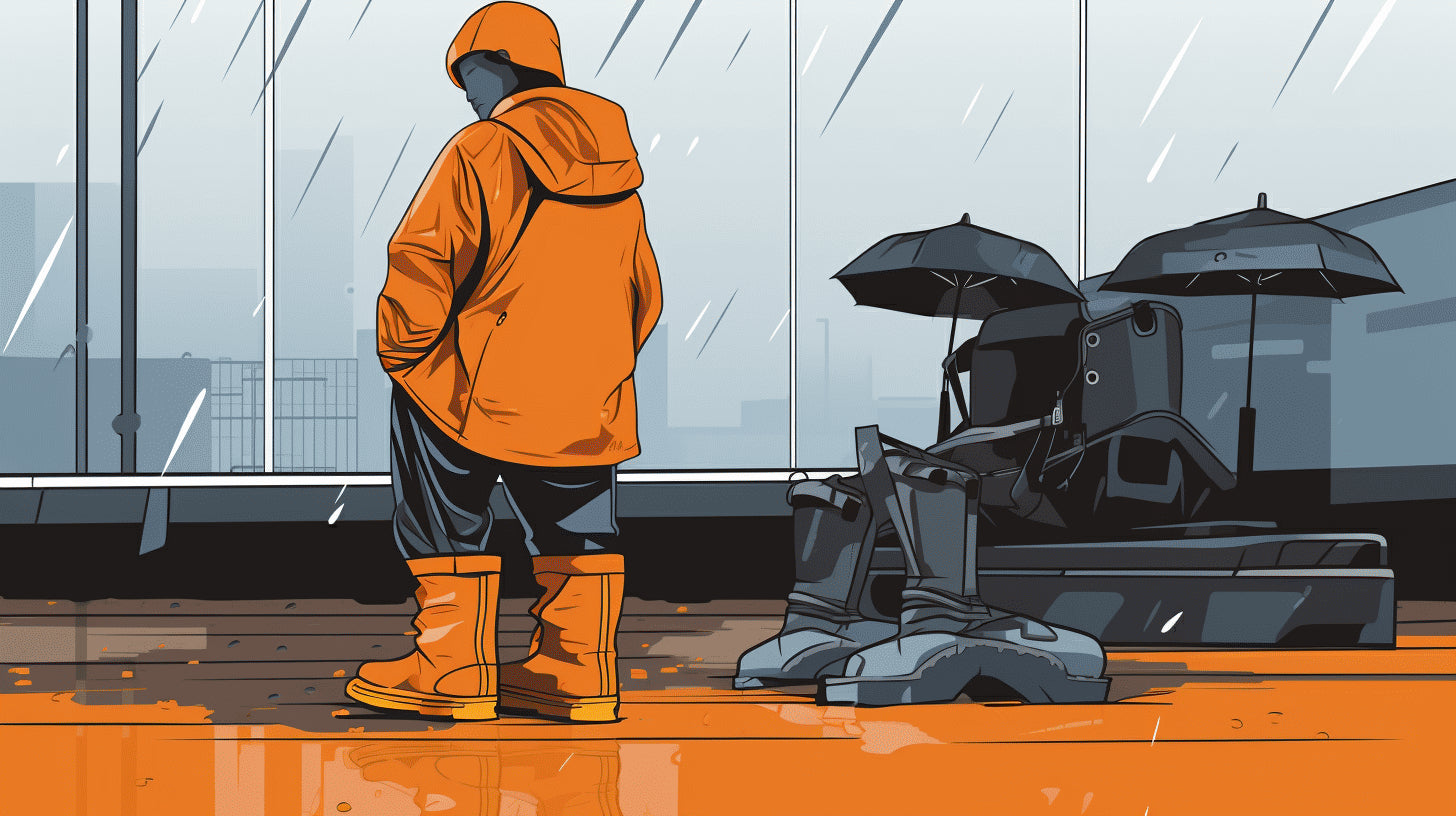
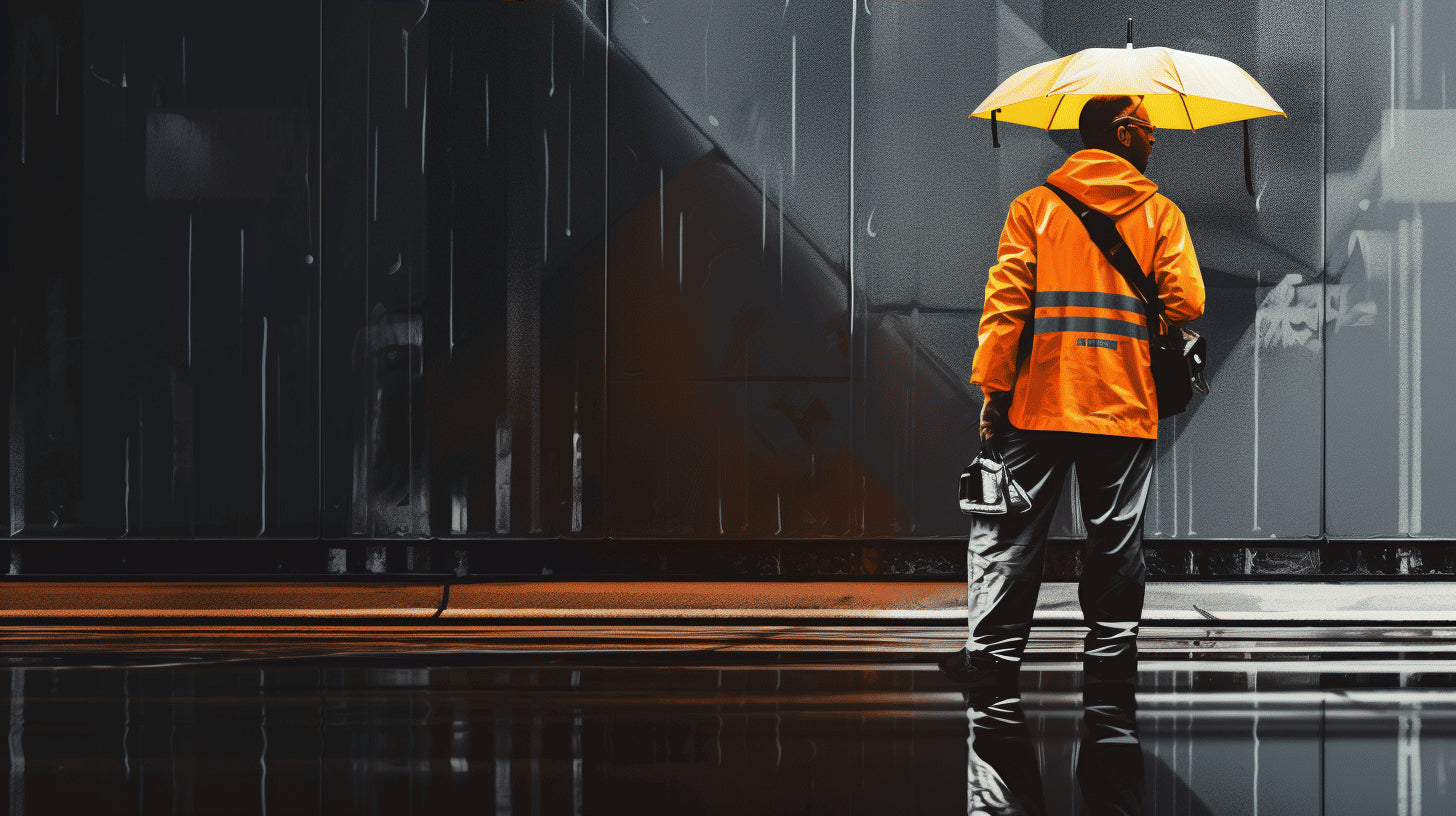
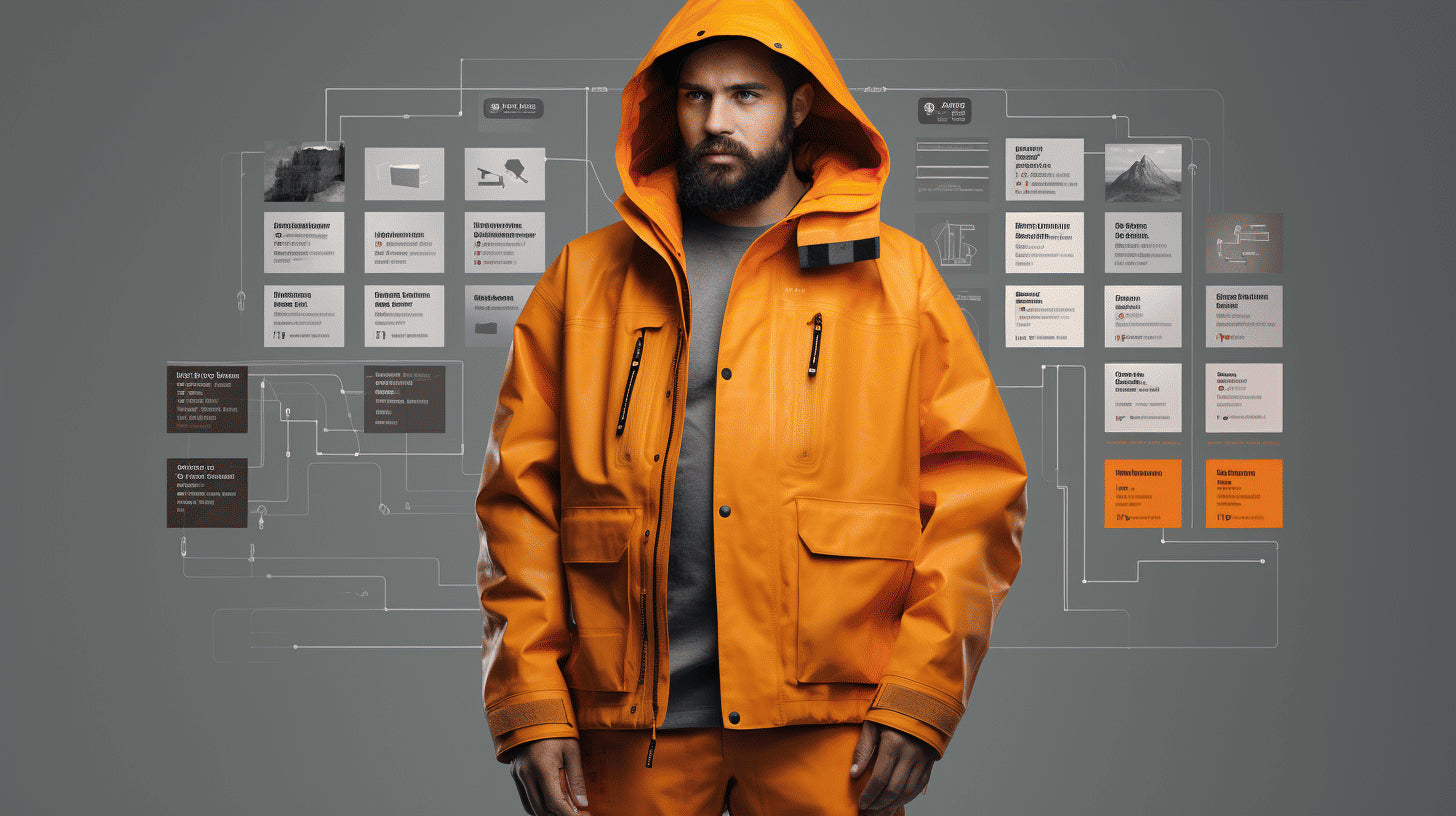
Leave a comment
This site is protected by hCaptcha and the hCaptcha Privacy Policy and Terms of Service apply.